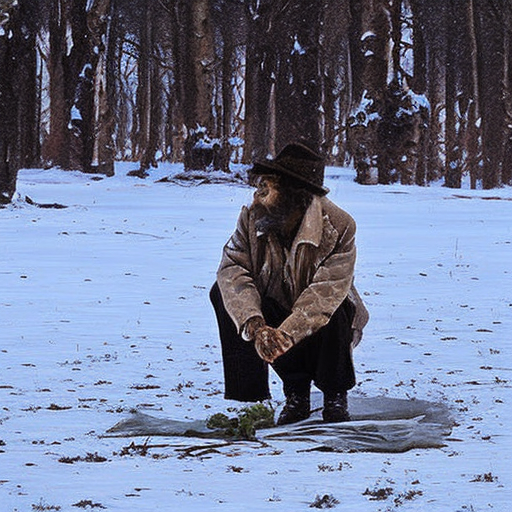The Gold Rush by Charlie Chaplin
Summary: In “The Gold Rush,” Charlie Chaplin portrays a lone prospector who ventures into the Klondike in search of gold, encountering various comedic mishaps and unexpected adventures along the way.
Main Cast and Crew:
- Director: Charlie Chaplin
- Writer: Charlie Chaplin
- Key Actors: Charlie Chaplin as The Lone Prospector, Mack Swain as Big Jim McKay, Georgia Hale as Georgia, Tom Murray as Black Larsen
- Music Director: Charlie Chaplin
- Director of Photography: Roland Totheroh
- Producers: Charlie Chaplin
Plot:
Set during the Klondike Gold Rush in the late 19th century, “The Gold Rush” follows the adventures of a lone prospector (Charlie Chaplin) as he braves the harsh conditions of the Yukon in search of fortune. The prospector faces numerous challenges, including hunger, freezing temperatures, and treacherous terrain.
While prospecting, the lone prospector encounters Big Jim McKay (Mack Swain), a fellow prospector who becomes his companion. Together, they face a series of comedic misadventures, including a cabin teetering on the edge of a cliff and a memorable meal of boiled shoe leather.
Amidst their struggles, the prospector falls in love with Georgia (Georgia Hale), a dance hall girl. However, his affections go unnoticed as Georgia is infatuated with Jack Cameron, a suave city slicker. Determined to win Georgia’s heart, the prospector masquerades as a wealthy man at a New Year’s Eve party, leading to a hilarious dance sequence.
As the prospectors continue their search for gold, they encounter Black Larsen (Tom Murray), a wanted criminal. The prospector and Big Jim manage to escape Larsen’s clutches and find a gold mine. However, their joy is short-lived as an avalanche threatens their lives. In a thrilling sequence, they narrowly escape the disaster and are finally rescued.
Themes and Motifs:
“The Gold Rush” explores themes of perseverance, hope, and the pursuit of happiness. The film highlights the resilience of the human spirit in the face of adversity, as the prospector endures extreme hardships in his quest for gold. Chaplin skillfully blends comedy and pathos to depict the struggles of the working class during the Gold Rush era.
The motif of loneliness is also prevalent throughout the film. The prospector’s isolation in the vast wilderness reflects the loneliness experienced by many prospectors during the Klondike Gold Rush. This theme is further emphasized by the prospector’s longing for companionship and his unrequited love for Georgia.
Reception and Legacy:
Upon its release in 1925, “The Gold Rush” was a critical and commercial success. It is considered one of Charlie Chaplin’s greatest works and a classic of silent cinema. The film received Academy Award nominations for Best Music and Best Sound Recording.
“The Gold Rush” has had a lasting impact on cinema, influencing numerous filmmakers and comedians. Its iconic scenes, such as the dance of the dinner rolls and the teetering cabin, have become synonymous with Chaplin’s comedic genius. The film’s blend of humor and heart has made it a timeless classic that continues to entertain audiences to this day.
Recommendation:
“The Gold Rush” is a must-watch for fans of silent cinema and Charlie Chaplin. With its blend of physical comedy, heartfelt storytelling, and memorable characters, the film showcases Chaplin’s brilliance as a filmmaker and performer. It is a timeless classic that will leave viewers both laughing and touched by its poignant moments.
Memorable Quote:
“Life is a tragedy when seen in close-up, but a comedy in long-shot.” – Charlie Chaplin as The Lone Prospector












